You may notice that you can twist and bend your radius and ulna (lower arm) and your humerus (upper arm). There are several different types of joints. When we swing a bat, play the trombone, do a handspring, or split wood, we can appreciate all the different ways that joints let us move. Read through each tab below to learn more about each type of joint.
Fixed, or immovable, joints do not allow any movement between them. Fixed joints are in the skull, where many different bones come together to form a protective cover for the brain, and between the ribs and sternum.
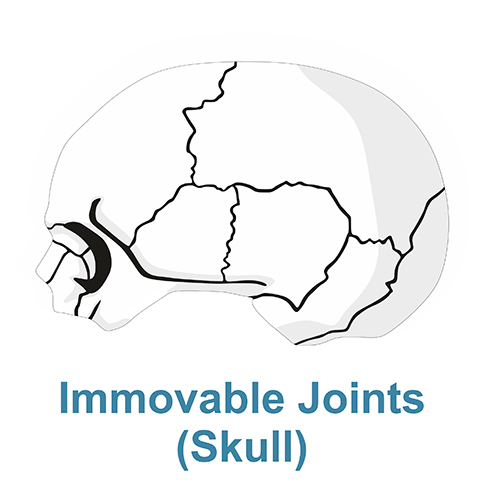
The type of joint at the knee is a hinge joint. Like a hinge on a door, a hinge joint can bend in two ways. It can move back and forth, but it cannot twist. Other hinge joints are in the phalanges (fingers and toes) and between the head and the neck.
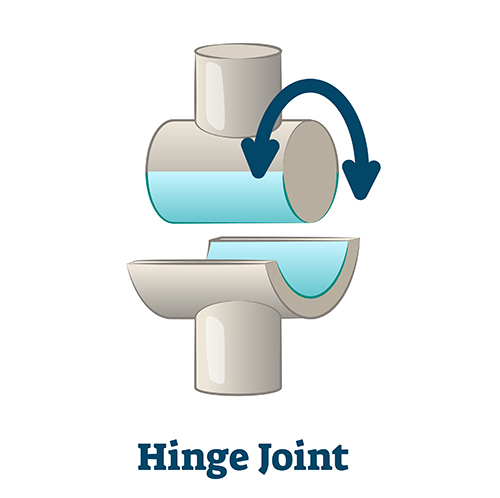
A ball-and-socket joint allows more freedom of movement than a hinge or pivot joint. A ball-and-socket joint in your scapula (shoulder blade) allows your entire arm to twist and stretch out in almost any direction. The rounded end of the humerus turns in the round socket of the shoulder blade, allowing movement in many different directions.
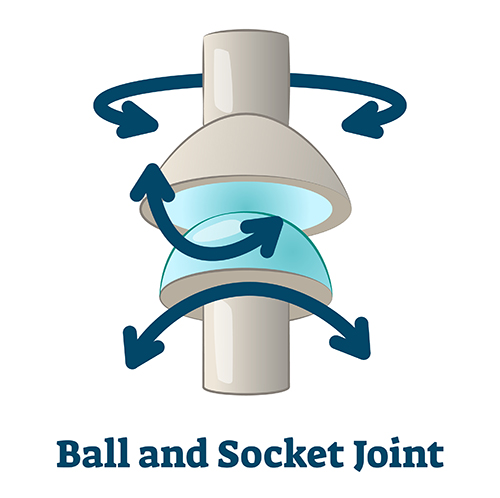
Condyloid joints, also known as gliding joints, sit between the individual vertebrae in the backbone, or spine. Thin discs (or pads) consisting of cartilage between the bones squeeze and stretch as the back bends and twists. Gliding joints do not allow much movement at all, but the combined movement along the 24 vertebrae allows you to move your back in many ways, both bending and twisting.
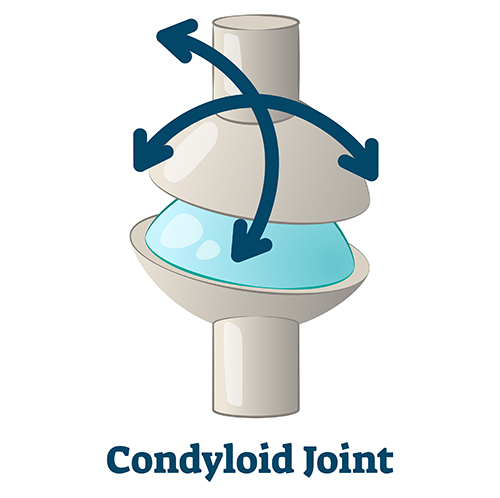
Think of the movements of your carpals and metacarpals (in your hands) and tarsals and metatarsals (in your feet.) These movements are very smooth and fluid. The remarkable joints here are called plane joints, which allow the many small bones in the hand and wrist and foot and ankle to glide over each other.
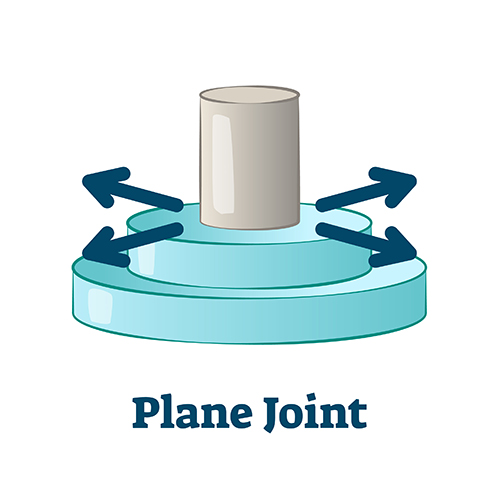
In a saddle joint, each bone is curved where it connects to another, making the joint very stable. Several of the joints in your fingers and hand are saddle joints, and they allow movement in several directions.
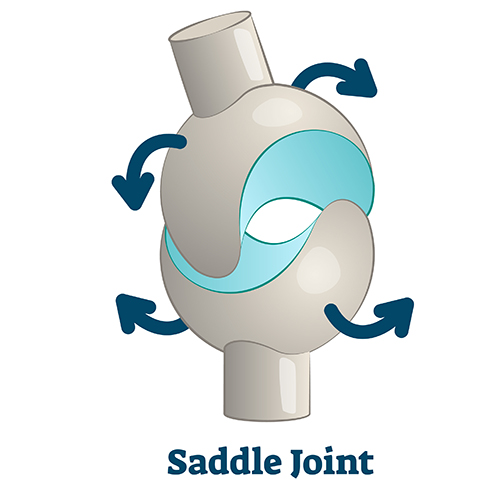
A pivot joint is also called a rotary joint because it rotates. The moving bone sits inside a ring. The center of the ring acts as the single axis of rotation for that joint. The elbow is a hinge joint with an added pivot.
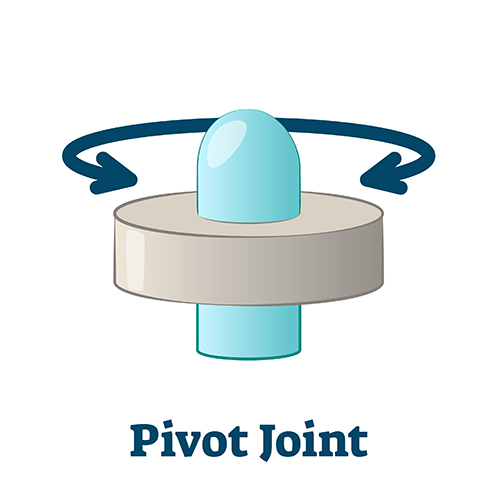
Question
How are the different types of joints alike?
Every joint occurs where two bones meet. Most of these joints allow the bones to move relative to each other, which allows the body to move.

